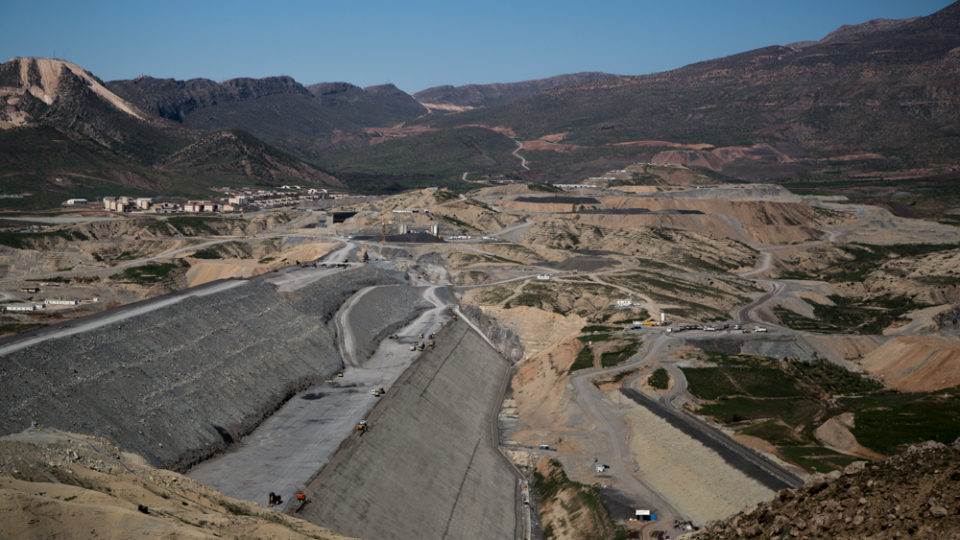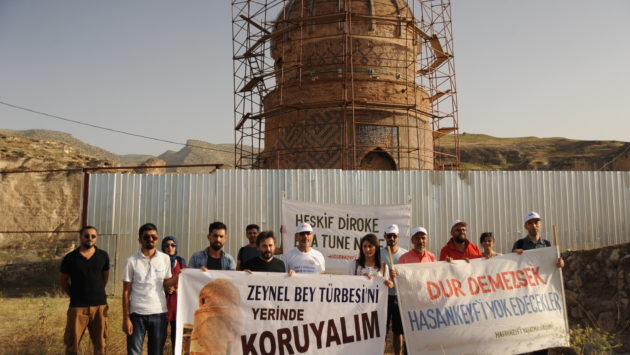Hasankeyf: Open-air Museum or Last Frontier for Diving?
By Marcello Canepa, April 2014.
English translation by ICSSI editor.
Overview
If ballots are a mirror of reality, administrative elections in Turkey on March 30, 2014 marked the reaffirmation of Prime Minister Recep Tayip Erdogan and of AKP. The political turnout poses inevitable obligations to the winners, in terms of socio-economical development, that will shape the social and political path of the Turkish Republic in the coming years. The victory of AKP for only 8 votes in Hasankeyf, in an area dominated by victories of the Kurdish party BDP, is an ambiguous result that brings many questions with it, and urges the international community to focus on the construction of the Ilisu dam. When the turbines are turned on, indeed, the caves and canyon of Hasankeyf will become a cultural heritage accessible to divers alone. Meanwhile, in the new Hasankeyf – the urban site being built just a few kilometers away from the actual town, where all 3000 inhabitants will be transferred – economic speculation abounds and the imagination of profit-seekers has produced commercial activities typical of exotic resorts, with palms and chiringuitos, while only sheep and rocks tend to prosper there.
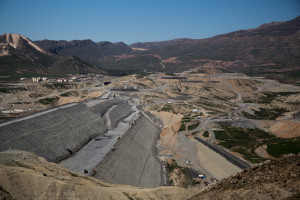
Ilisu, rude awakening after a long sleep
To date, the construction of the dam is almost complete and, after a quick stolen glance at official documents in the office of an engineer involved in the construction, the deadline of June 30, 2014 seems quite feasible for the major work. Such a date would close the dispute over the dam opened by the Turkish government in 1950. More than fifty years and many long diatribes between various governments and local and international actors and investors, separate the laying of the symbolic “first stone” from the current reality of reinforced concrete.
John Croofot, activist of “Hasankeyf Matters”, actively engaged in the difficult struggle to raise awareness about the importance of this site as a historical heritage, says: “the dam is a problematic matter in which the economy wins over human rights and the preservation of an earthly paradise, with a geopolitical position that makes it a powerful sword”. The outcome of the game depends, in fact, on the geopolitical relevance of the area. On one hand, the dam allows Turkey to control the water resources of the Tigris, and to oppress millions of Kurds with complicated policies aimed at perpetuating their influence and control. On the other, it gives the government a chance to reassert its power after being severely weakened by the Gezi Park demonstrations and the recent corruption scandals. These are perhaps the most important aspects of the issue.
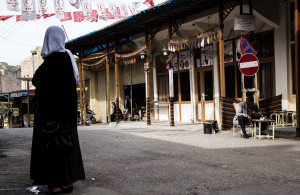
Sustainable activism, a rediscovery of the territory
“Our idea of preservation differs from a clash in an open field. We focus instead on the promotion of the beauties of Hasankeyf, and the attempt to develop new tourist activities there, which are compatible with the local culture and territory. A walk through the canyon is as fascinating as climbing a hill to a castle, and has the advantage of bringing into the lens of your camera landscapes that have so far remained in the shadows. Finally, we should remember that not everyone in the government is in favor of the dam project, and we need to encourage and support all those who are in doubt. It is certainly a better option than a hard and deaf opposition”.
The words of John open again the issue of an application to UNESCO as world heritage site for Hansankef, an idea that has been waiting for years in the Parliament, always lacking sufficient support.
Conclusions
The results that emerged from the polls in Hasankeyf may be marred by errors or irregularities, but it may just as well be the projection of the real will of the people. The local population is still reluctant to admit that the end of their town and landscape is fast approaching, and is still ready to accept the benefits offered by AKP related leaders, like the new bridge over the Tigris. In fact, simple matters of buying and selling currently represent the most pressing obstacles to Ilisu Dam.
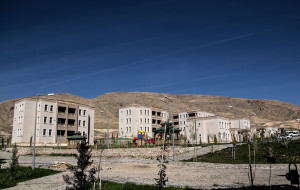
It is obvious, at least, that the price of 100,000 Turkish lira set for new houses is incompatible with the sum of 50,000 Turkish lira offered by the authorities to purchase the existing homes. And if it is true that the worst threat to a military dictatorship is the army itself, it is equally certain that capital represents the greatest threat to the continuation of a massive economic project such as the Ilisu Dam.

